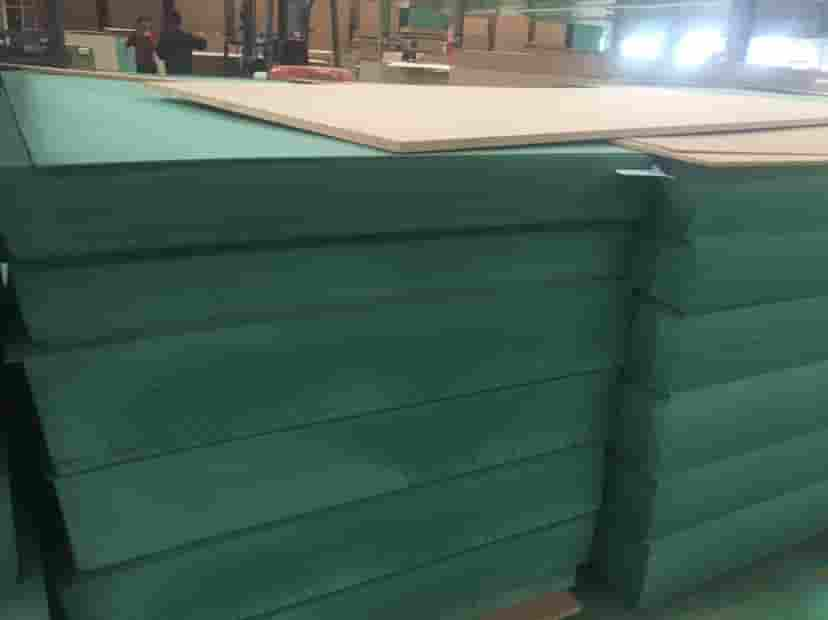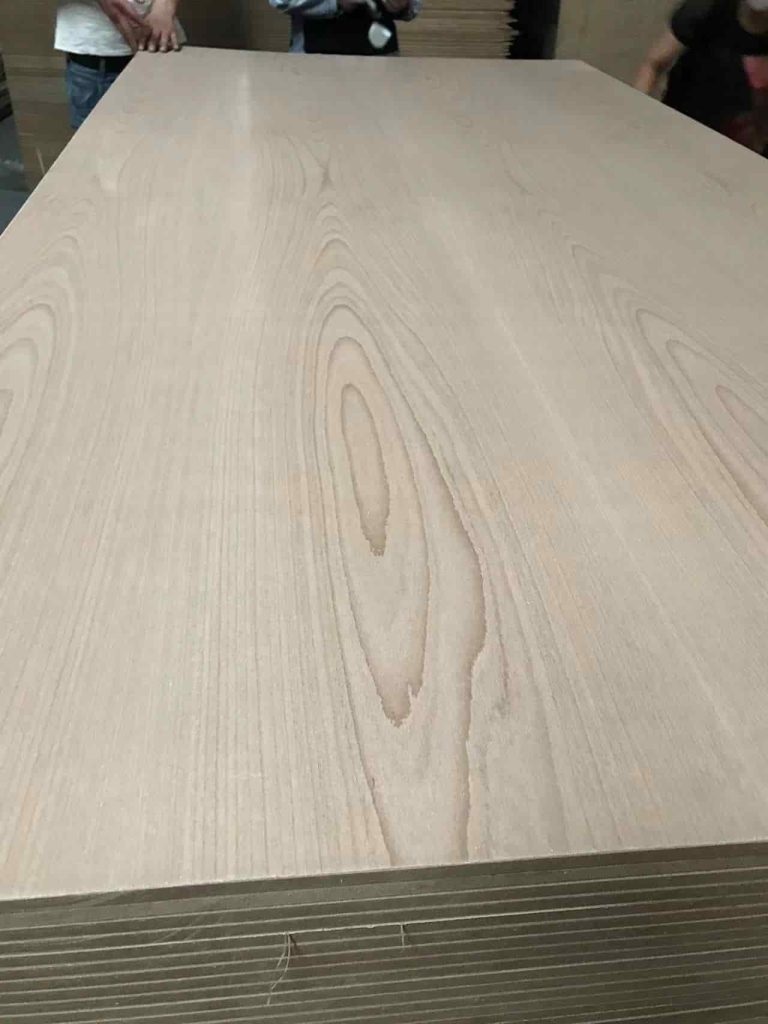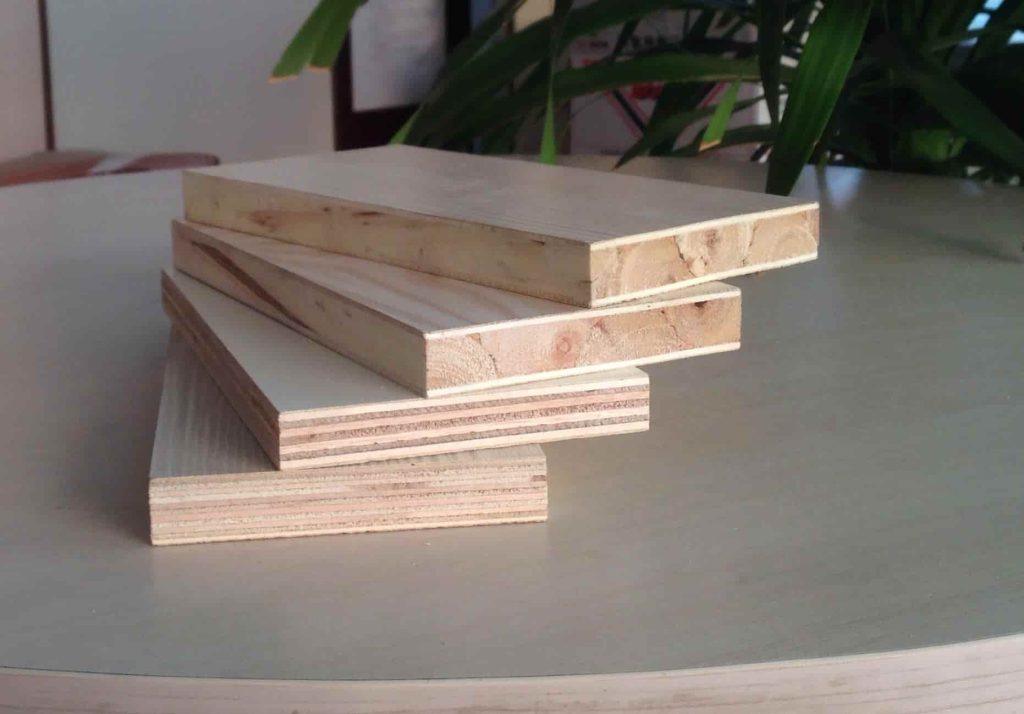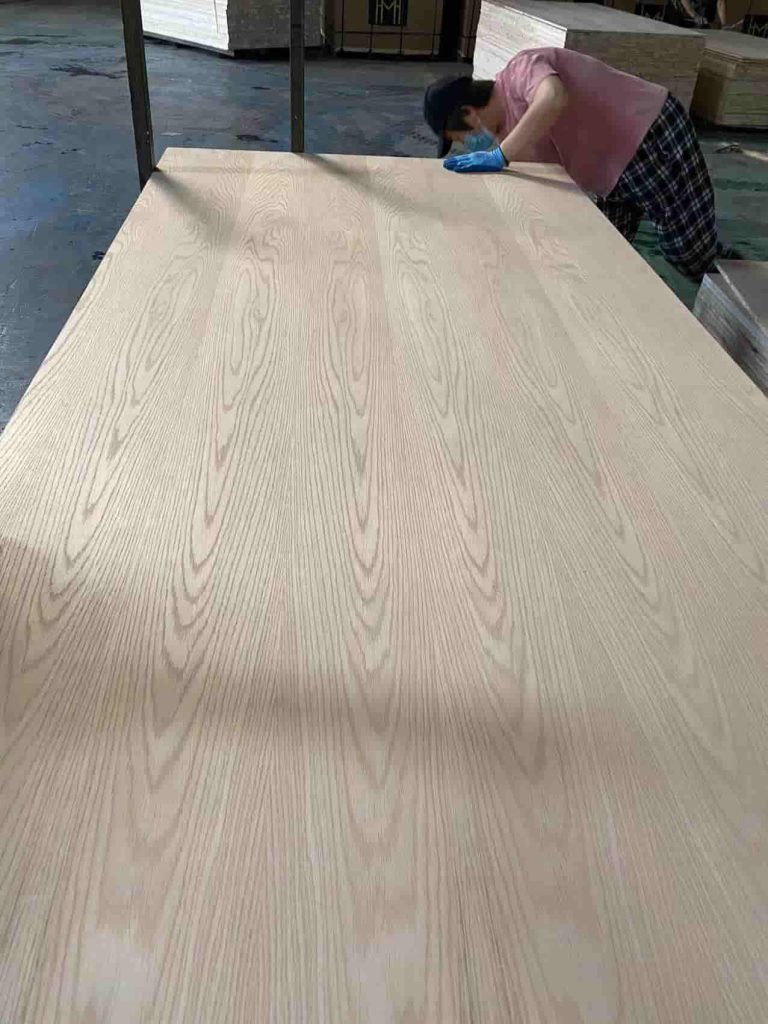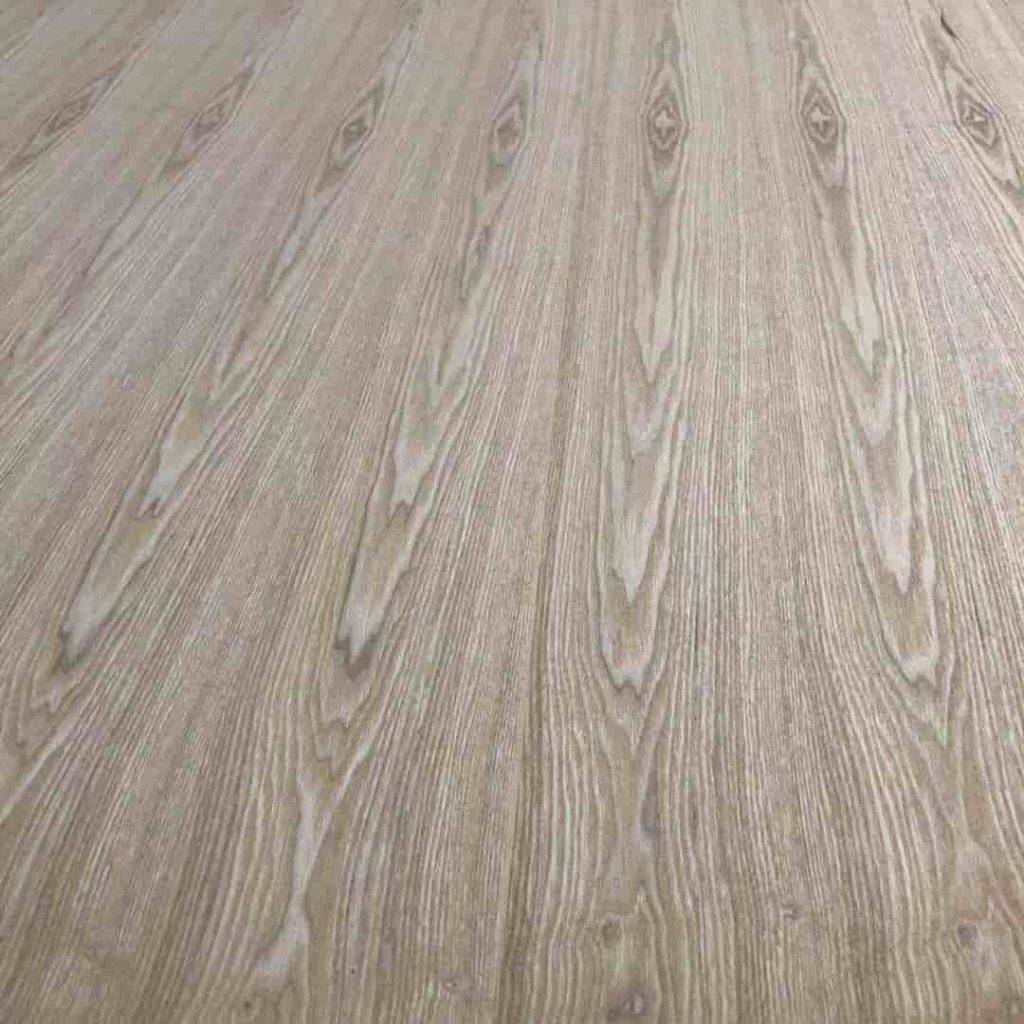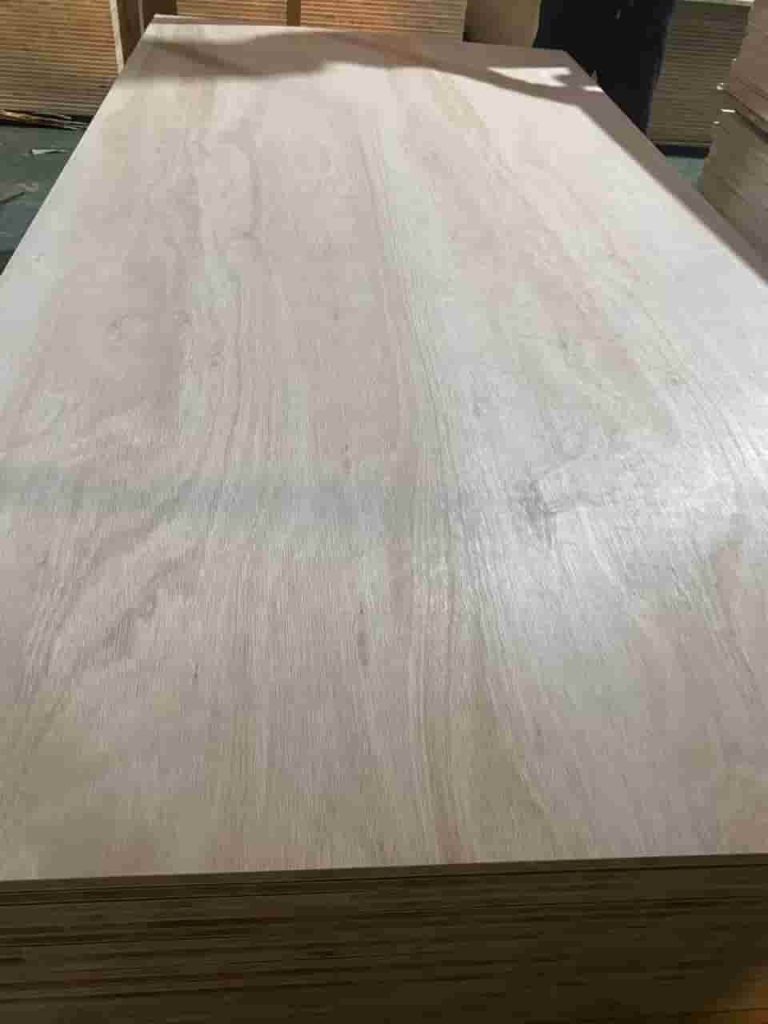18mm Furniture Board
The 18mm furniture board is a popular choice for its affordability, eco-friendliness, and versatility. Made from Contiplas, a durable cardboard, it is lightweight yet sturdy, resisting warping and bending. It can be easily treated with different finishes to suit various design styles. The board is cost-effective and often made from recycled materials, making it an excellent option for those looking to reduce their environmental impact. Its user-friendly nature allows anyone with basic woodworking skills to create customized furniture pieces. With endless applications, the 18mm furniture board is a top choice for diverse projects ranging from simple shelving units to intricately designed statement pieces.
